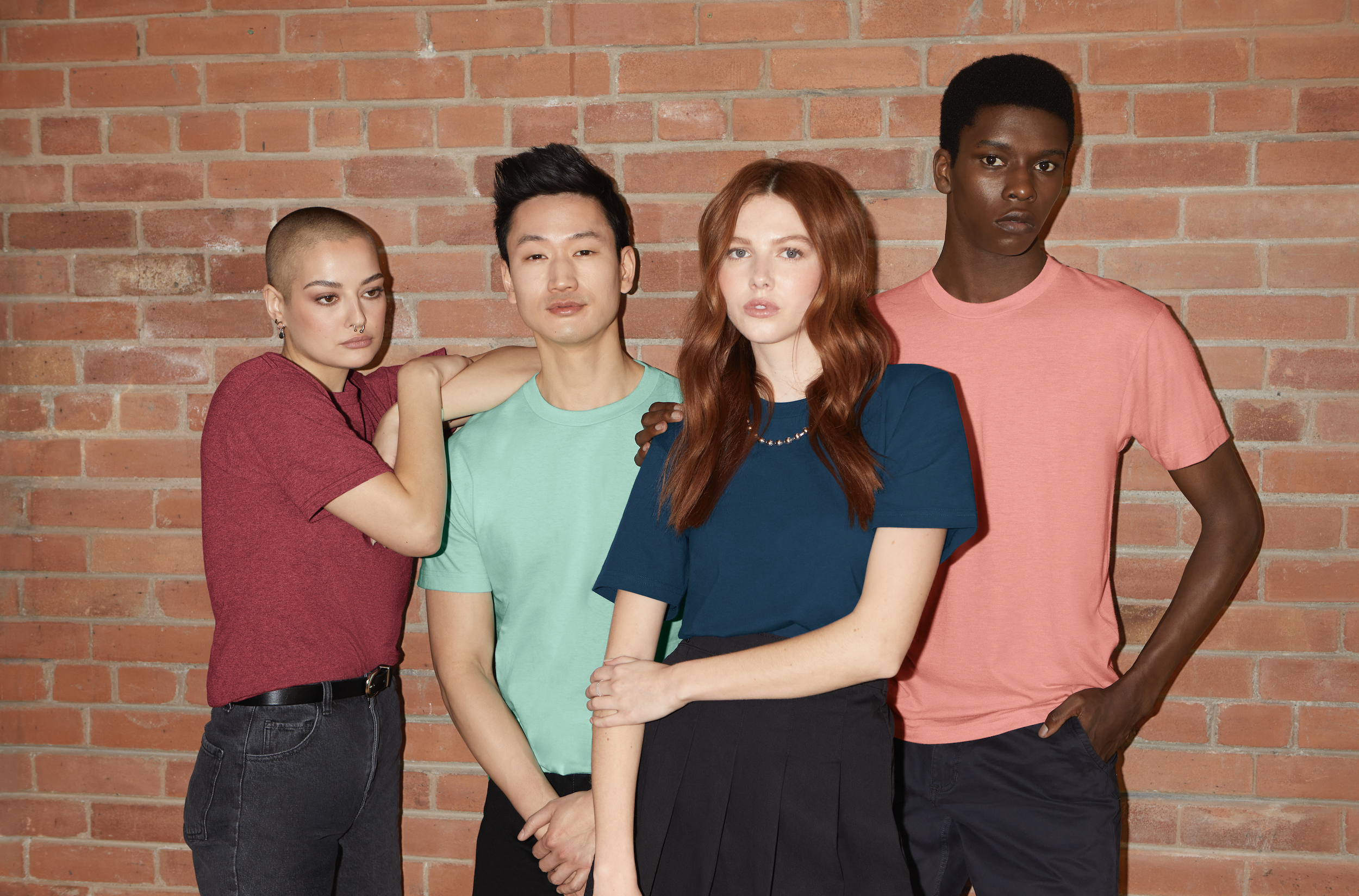Sustainability Revolution in the Apparel Industry: Weaving a Greener Future
The apparel industry has long been associated with trends, styles, and the ever-changing demands of consumers. However, in recent years, a significant shift has taken place, driven by a growing concern for the environment and the need for sustainable practices. As global awareness of environmental issues increases, the fashion world is stepping up to the plate, embracing sustainability as a core value. In this blog post, we will delve into the sustainability revolution in the apparel industry, exploring its challenges, innovations, and the path forward to a greener future.
Four of the key challenges and sustainable Innovations we’re observing include:
Material Selection: Traditional textile production heavily relies on resource-intensive materials like cotton and polyester. However, sustainable alternatives are gaining traction. So are innovative solutions such as CiCLO, which Hanes has just introduced to accelerate the breakdown of plastic fibers in soil and sea with the goal to reduce plastic waste in the environment.
2. Reducing Water Footprint: The apparel industry is one of the largest consumers of water. Sustainable practices like dyeing methods that require less water, water recycling systems, and adopting water-efficient technologies are becoming essential.
3. Ethical Labor Practices: Ensuring fair wages and safe working conditions throughout the supply chain is paramount. Brands are increasingly partnering with manufacturers committed to ethical labor practices, contributing to improved livelihoods for workers.
4. Innovative Production Techniques: 3D knitting, on-demand manufacturing, and zero-waste pattern cutting are revolutionizing garment production. These techniques minimize waste, energy consumption, and transportation emissions.
While the apparel industry's transition to sustainability is encouraging, challenges remain. Balancing sustainability with affordability, scalability, and rapid trends is no small feat. Collaboration among brands, consumers, policymakers, and innovators will be crucial in overcoming these challenges. At Mission Imprintables, we are proud to offer an ever-growing selection of sustainable brands and styles in hopes of contributing to a greener world.











